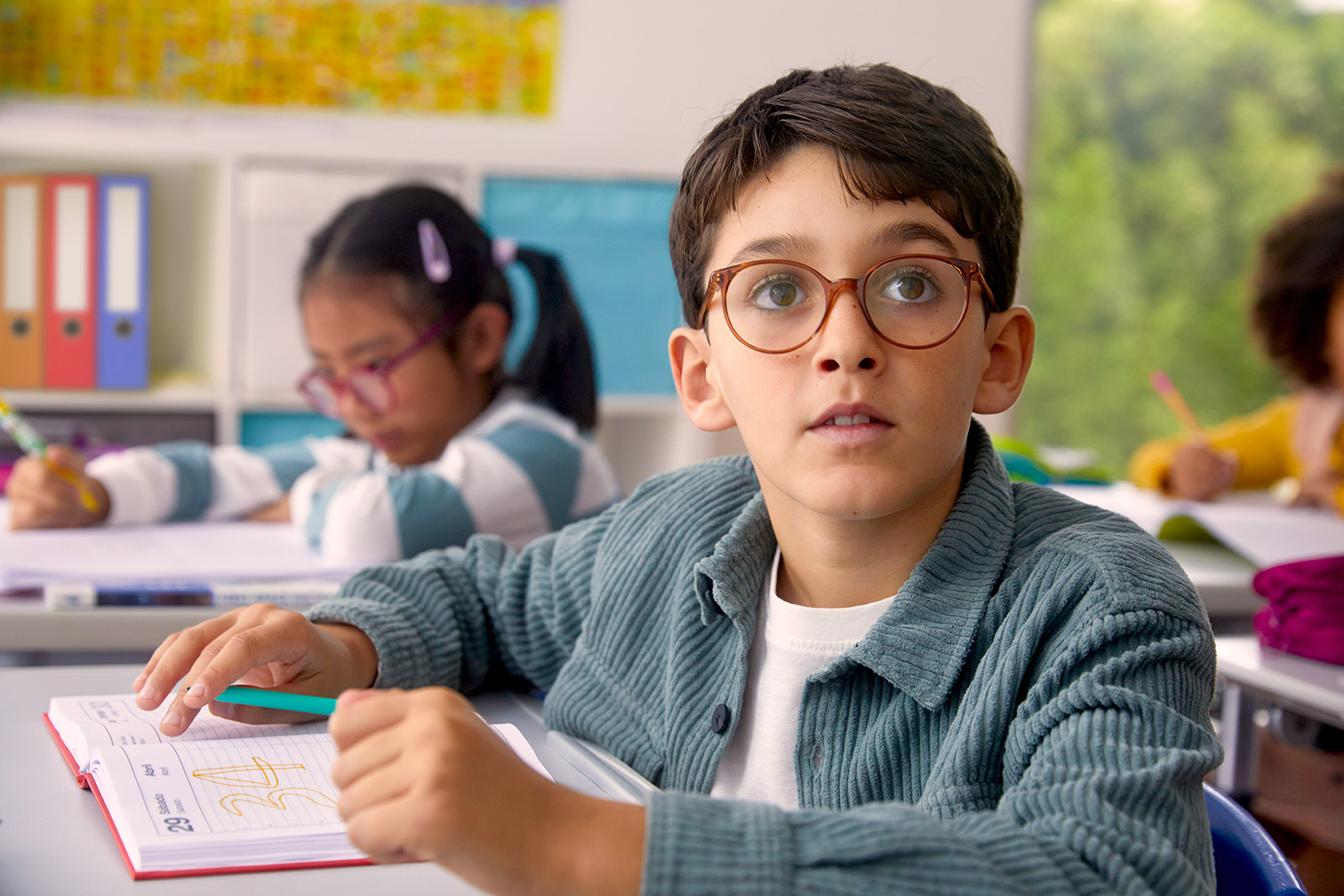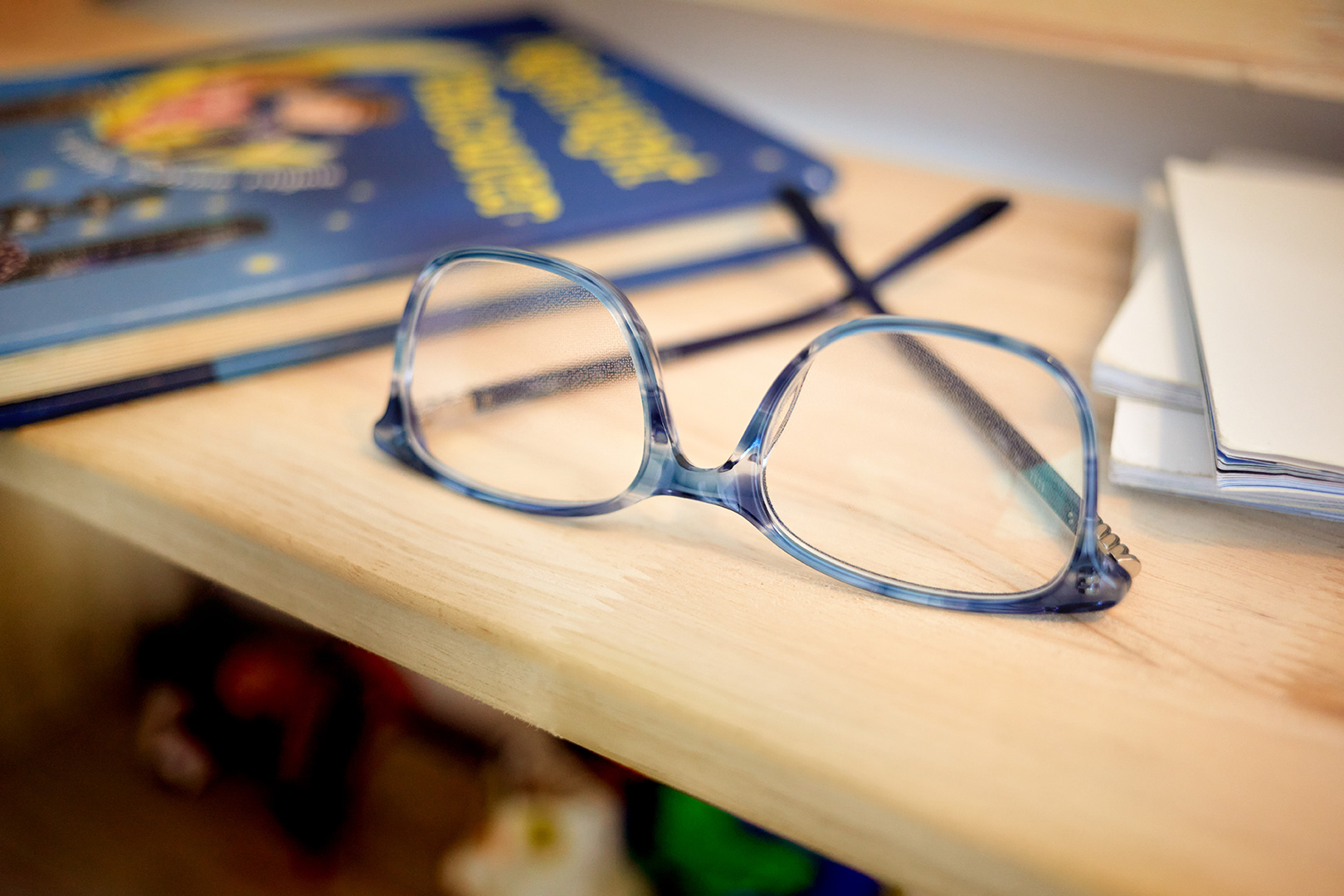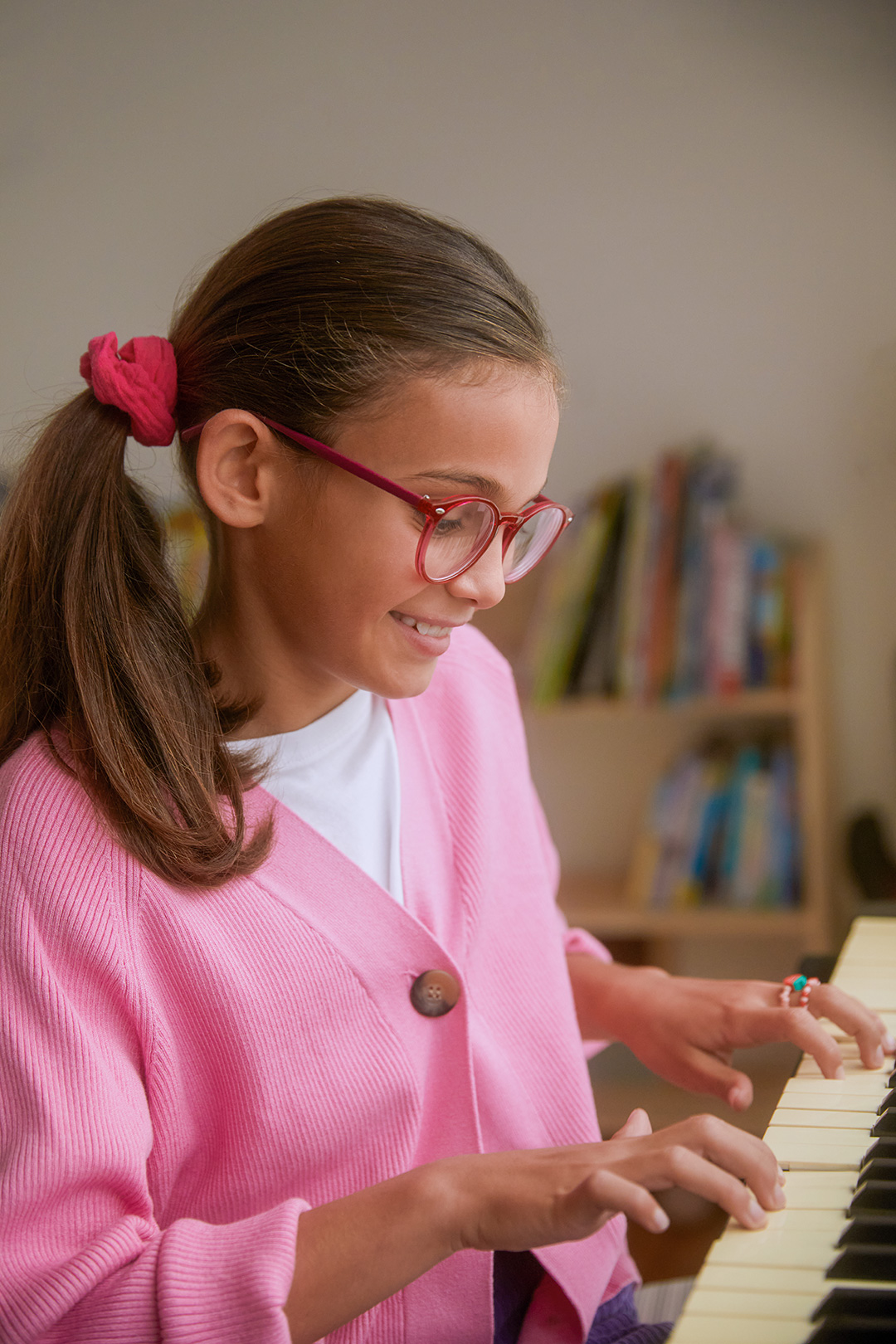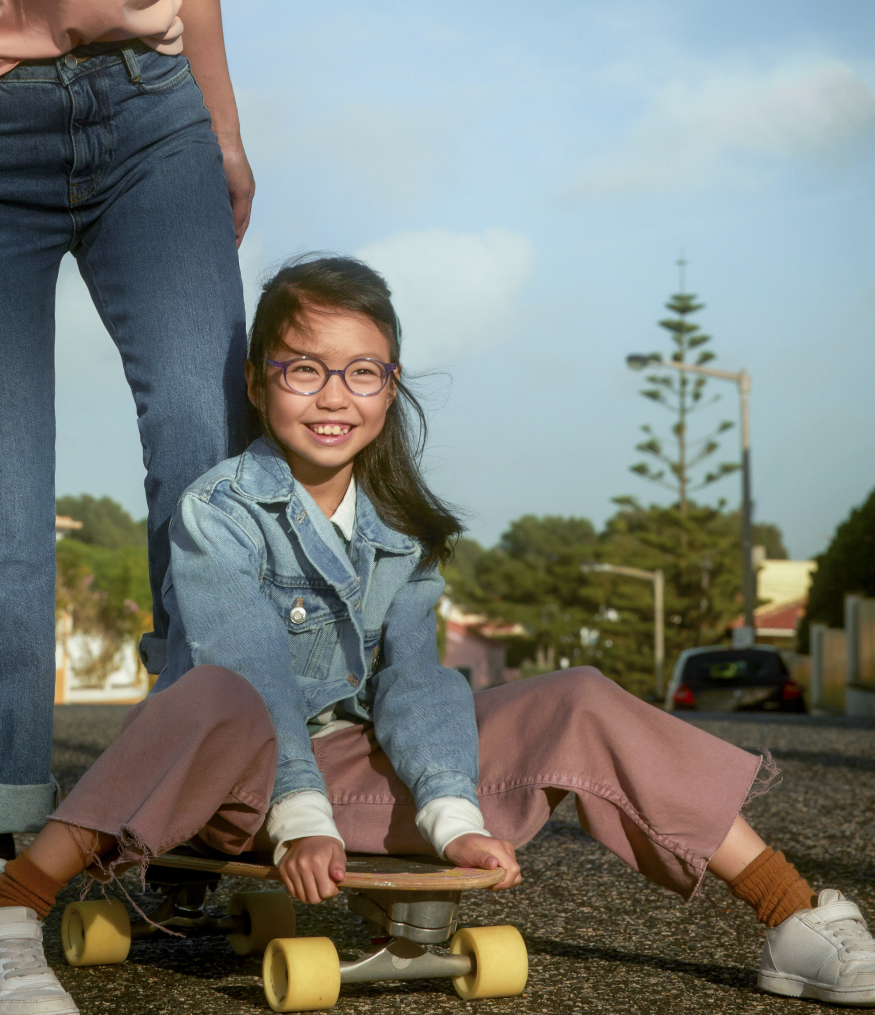
What is contrast theory?

What is contrast theory?
Ever since the 2000s and the introduction of smartphones, our lifestyle has drastically changed. You often hear parents telling their kids about that time when, when they were growing up, they didn’t have smartphones or unlimited gaming possibilities, and sitting hours in front of a screen was just not a thing.
Well, times are changing, and nowadays, children spend more and more time indoors, developing strong digital habits from a young age and looking at and communicating through screens much more. And this keeps on evolving. According to a Vision Council report, 80% of adults report using digital devices for more than two hours a day. A lifestyle that could impact their health, specifically their vision.
Indeed, these screens and time spent on near activities indoors aren’t just concerning because it makes them less prone to physical activities. It is problematic as it causes them to spend more time in high-contrast environments rather than in low-contrast environments. And why is that bad? Well, new research led by geneticians Profs. Neitz has linked this high contrast environment to the development of myopia: it is contrast theory.
Here is everything you need to know about contrast theory and how it could affect your child’s vision development.
What exactly are contrast and myopia?
To reduce the development of myopia in children, one must first understand the link between contrast and the elongation of the eye, based on the breakthrough discovery that abnormally high contrast on the retina may lead to myopia progression.
What is myopia?
Myopia, or nearsightedness, occurs when your children have trouble seeing things clearly from far away. This could be a classroom board, a tv, or traffic signs. Their vision is much clearer when they look at nearby objects.
This is caused by an elongated eyeball shape, which means the light entering the eye does not focus on the retina correctly and therefore causes far-away objects to appear blurry.
Myopia is far from being just a minor inconvenience that makes your child need glasses. It has been estimated(1) that half the world’s population will be myopic by 2050, making it a true epidemic that could impact your child’s health in the future, potentially causing sight-threatening complications in adulthood.
A condition to look out for and treat accordingly, especially in kids, since it particularly affects children during their school years.
What is a high or a low contrast environment?
The photographers among you might already be familiar with contrast in a picture. It is when an element of a picture is enhanced by the accentuation of darker or brighter elements.
In our everyday lives, this occurs mainly when we are indoors and staring at screens or reading books. This is a high-contrast environment.
On the other hand, being outside is considered to be in a low-contrast environment. The colors can be more similar, for example lots of different shades of green on a countryside walk.
What is contrast theory, and why is it linked to myopia?
While researching how to prevent and control myopia, studies(2) have started to pay close attention to its link with contrast and even theorized that managing contrast could be important to myopia control.
What is contrast theory?
After decades of research, studies led by genetician Profs. Neitz have found that these high-contrast environments in which our modern societies evolve could be closely linked to the prevalence of myopia.
Specifically, our team has hypothesized that this high contrast, when detected by our retina, leads to excessive eye elongation, which, as seen before, is the cause of myopia. Therefore, managing contrast could lower the retina’s signal to the eye to keep elongating and therefore slow down myopia progression.
This is contrast theory. A clinical trial(3) was created to validate those findings, which it did with flying colors.
Wait, isn’t myopia linked to lifestyle?
Recent studies have proven that myopia is linked to lifestyle.
In fact, research has shown that if your child spent more time outdoors, rather than inside and staring at screens or books from a close distance, they could be less at risk of developing myopia.
A full circle that links lifestyle to the development of myopia. This means that managing contrast could be important to control the progression of myopia.
Diffusion Optics Technology™ lenses: Managing contrast to reduce myopia progression
Myopia is one of the leading causes of blindness in many countries across the world and a true epidemic. Following the emergence of contrast theory, new spectacles were developed, the Diffusion Optics Technology™ (DOT) lenses, that could help slow the progression of myopia in children.
Why is controlling myopia important
Myopia isn’t simply an inconvenient eyesight issue. It develops particularly quickly in children, as their eyes are still growing. Besides, having myopia early on in childhood is associated with high myopia in adult years, which could then lead to sight-threatening complications in adulthood.
While myopia is not yet curable, slowing down its progression is a good first step. Bring your children for regular eye examinations. And, if they do develop myopia, enquire about Diffusion Optics Technology™ (DOT) lenses.
Diffusion Optics Technology™ and its importance on myopia and contrast control
Contrast theory has shown that managing contrast could be important to managing myopia. Diffusion Optics Technology™ (DOT) lenses are the ideal solution to slow down myopia progression by managing contrast.
Indeed, Diffusion Optics Technology™ (DOT) lenses are fitted with light scattering elements. This is designed to reduce the retina’s signal to the eye to keep elongating and therefore slow down the progression of myopia.
A pioneer solution in myopia management that has been endorsed by clinical studies with children aged 6-10 years old (4).
Conclusion:
Contrast theory, which closely links high contrast environments to the progression of myopia, could be important in slowing down the epidemic of myopia globally. One way to reduce exposure to these high-contrast environments? Encourage your children to play outdoors and enjoy activities other than screen time, and do not forget to take them to regular eye examinations with eye-care professionals. They will be able to assess your child’s vision and, if your kid does develop myopia, prescribe Diffusion Optics Technology™ (DOT) lenses to slow down its progression.
————–
(1) Holden BA, Fricke TR, Wilson DA, Jong M, Naidoo KS, Sankaridurg P, Wong TY, Naduvilath TJ, Resnikoff S, Global Prevalence of Myopia and High Myopia and Temporal Trends from 2000 through 2050, Ophthalmology, May 2016 Volume 123, Issue 5, Pages 1036–1042.
(2) (3) (4) Rappon J, et al. Control of myopia using diffusion optics spectacle lenses: 12-month results of a randomised controlled, efficacy and safety study (CYPRESS). Br J Ophthalmol Epub ahead of print: 01/09/22

